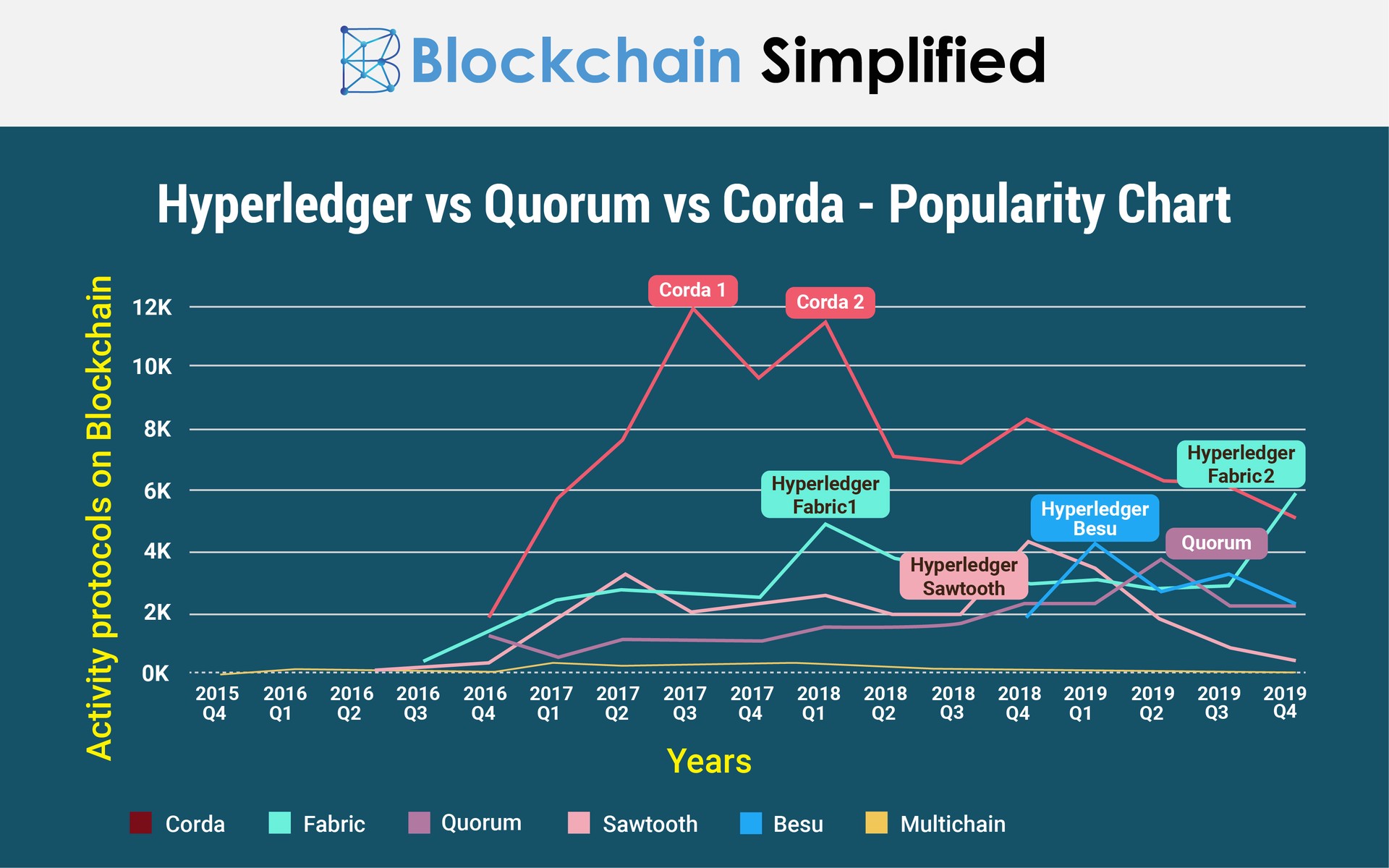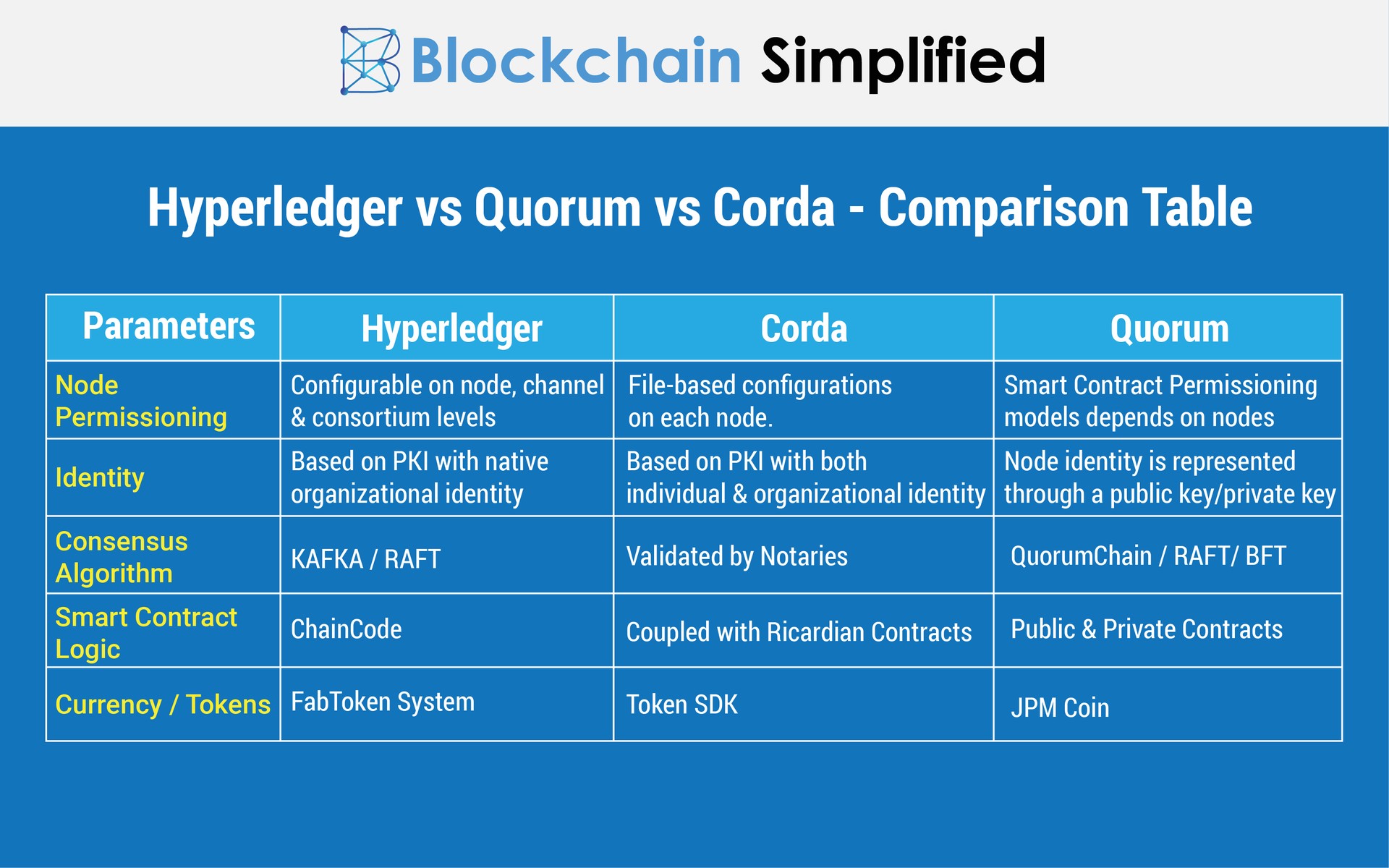Source: https://dzone.com/articles/learn-r-how-extract-rows
This article represents command set in R programming language, which could be used to extract rows and columns from a given data frame.
This article represents a command set in the R programming language, which can be used to extract rows and columns from a given data frame. When working on data analytics or data science projects, these commands come in handy in data cleaning activities. This article is meant for beginners/rookies getting started with R who want examples of extracting information from a data frame. Please feel free to comment/suggest if I missed mentioning one or more important points.
The following are the key points described later in this article:
- Commands to extract rows and columns.
- Command to extract a column as a data frame.
- Command to extract an element.
Suppose you have a data frame, df, which is represented as follows. Below we've created a data frame consisting of three vectors that include information such as height, weight, and age.
df <- data.frame( c( 183, 85, 40), c( 175, 76, 35), c( 178, 79, 38 ))names(df) <- c("Height", "Weight", "Age")Commands to Extract Rows and Columns
The following represents different commands which could be used to extract one or more rows with one or more columns. Note that the output is extracted as a data frame. This could be checked using the class command.
# All Rows and All Columnsdf[,]# First row and all columnsdf[1,]# First two rows and all columnsdf[1:2,]# First and third row and all columnsdf[ c(1,3), ]# First Row and 2nd and third columndf[1, 2:3]# First, Second Row and Second and Third COlumndf[1:2, 2:3]# Just First Column with All rowsdf[, 1]# First and Third Column with All rowsdf[,c(1,3)]Command to Extract a Column as a Data Frame
The following represents a command which can be used to extract a column as a data frame. If you use a command such as df[,1], the output will be a numeric vector (in this case). To get the output as a data frame, you would need to use something like below.
# First Column as data frameas.data.frame( df[,1], drop=false)Command to Extract an Element
The following represents a command which could be used to extract an element in a particular row and column. It is as simple as writing a row and a column number, such as the following:
# Element at 2nd row, third column
df[2,3]

